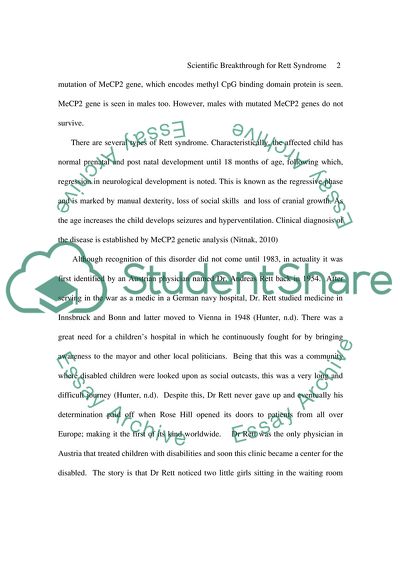Cite this document
(Scientific Breakthrough for Rett Syndrome Research Paper, n.d.)
Scientific Breakthrough for Rett Syndrome Research Paper. Retrieved from https://studentshare.org/health-sciences-medicine/1743538-scentific-break-through-laboratory-mice-cured-of-rett-syndrome
Scientific Breakthrough for Rett Syndrome Research Paper. Retrieved from https://studentshare.org/health-sciences-medicine/1743538-scentific-break-through-laboratory-mice-cured-of-rett-syndrome
(Scientific Breakthrough for Rett Syndrome Research Paper)
Scientific Breakthrough for Rett Syndrome Research Paper. https://studentshare.org/health-sciences-medicine/1743538-scentific-break-through-laboratory-mice-cured-of-rett-syndrome.
Scientific Breakthrough for Rett Syndrome Research Paper. https://studentshare.org/health-sciences-medicine/1743538-scentific-break-through-laboratory-mice-cured-of-rett-syndrome.
“Scientific Breakthrough for Rett Syndrome Research Paper”, n.d. https://studentshare.org/health-sciences-medicine/1743538-scentific-break-through-laboratory-mice-cured-of-rett-syndrome.


